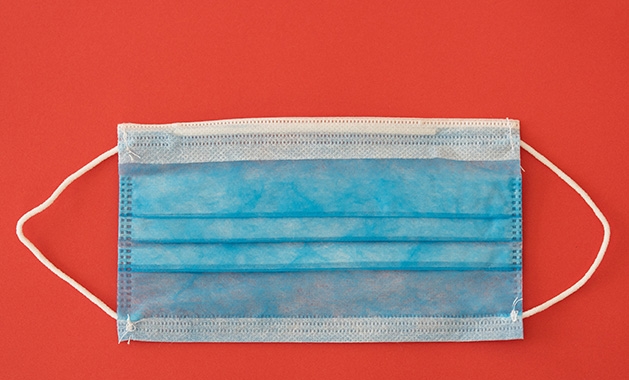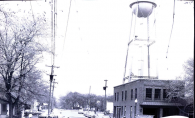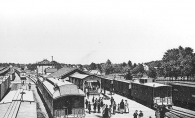Sara Markoe Hanson from the White Bear Lake Area Historical Society shares some history about past quarantines.
Then & Now
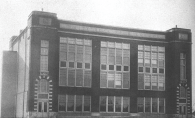
As early as 1913, the White Bear school board was planning for a new, larger building to be the home of high school classes. Prior to that, students went to North St. Paul or St.

Music has long been an important part of the social culture in the White Bear area.
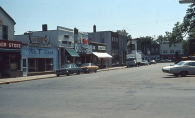
In 1946, local contractor Archie LeMire purchased the former White Bear House property at the southeast corner of Fourth and Washington Avenue. The White Bear House had been one of the earliest hotels constructed when the railroad came through in the 1860s.

Adlore “A.J.” Vadnais was still working for Northern Pacific Railroad when he and Louis Crawford partnered to start the White Bear Oil Company in 1923. Vadnais became the sole proprietor after the partnership dissolved in 1928.

The building that majestically sits on the south side at the center of the block of Fourth Street, between Cook and Banning Avenues, was constructed more than a century ago as the White Bear YMCA.
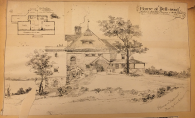
In 1880, Minnesota architect Cass Gilbert took a position as a draftsman at the well-known firm McKim, Mead and White in New York City. He returned to Minnesota in 1882 to be closer to his mother. He was young, unknown and without many of the local connections so often helpful.
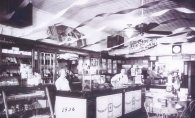
In the 1920s, electric refrigeration was a recent development, and the people of White Bear were embracing the new amenity. For homes, this meant the end of reliance upon the daily visits from the iceman, who delivered the five- to 25-pound blocks of ice needed to cool their perishables.

Beach School was originally formed in the spring of 1883 as Ramsey County Rural School District 26 and was located on the Brachvogel family farm; it remained at that site for 15 years before being relocated to Portland Avenue.

Union Cemetery, located just south of Highway 96 West, began humbly as a few family graves on the William W. Webber farm in the 1860s. By 1877, it was apparent that the community needed a non-denominational option, and Webber incorporated the cemetery.

A collection of letters and handwriting samples Carolyn Porter has collected over the years. It was Marcel’s handwriting that first attracted her to his letters.





